The vibrant State of Gujarat known for its extraordinarily rich and colorful textiles, is now being treated to a revival of Parsi Gara. Gara in Gujarati means sari. Since the embroidery was inspired by Parsi art, it is called Parsi Gara.
Born from seamless blending and confluence over the years and their confluence, Parsi Gara represents the beauty inherent in four cultural traditions, namely Persian, Chinese, European and Indian.
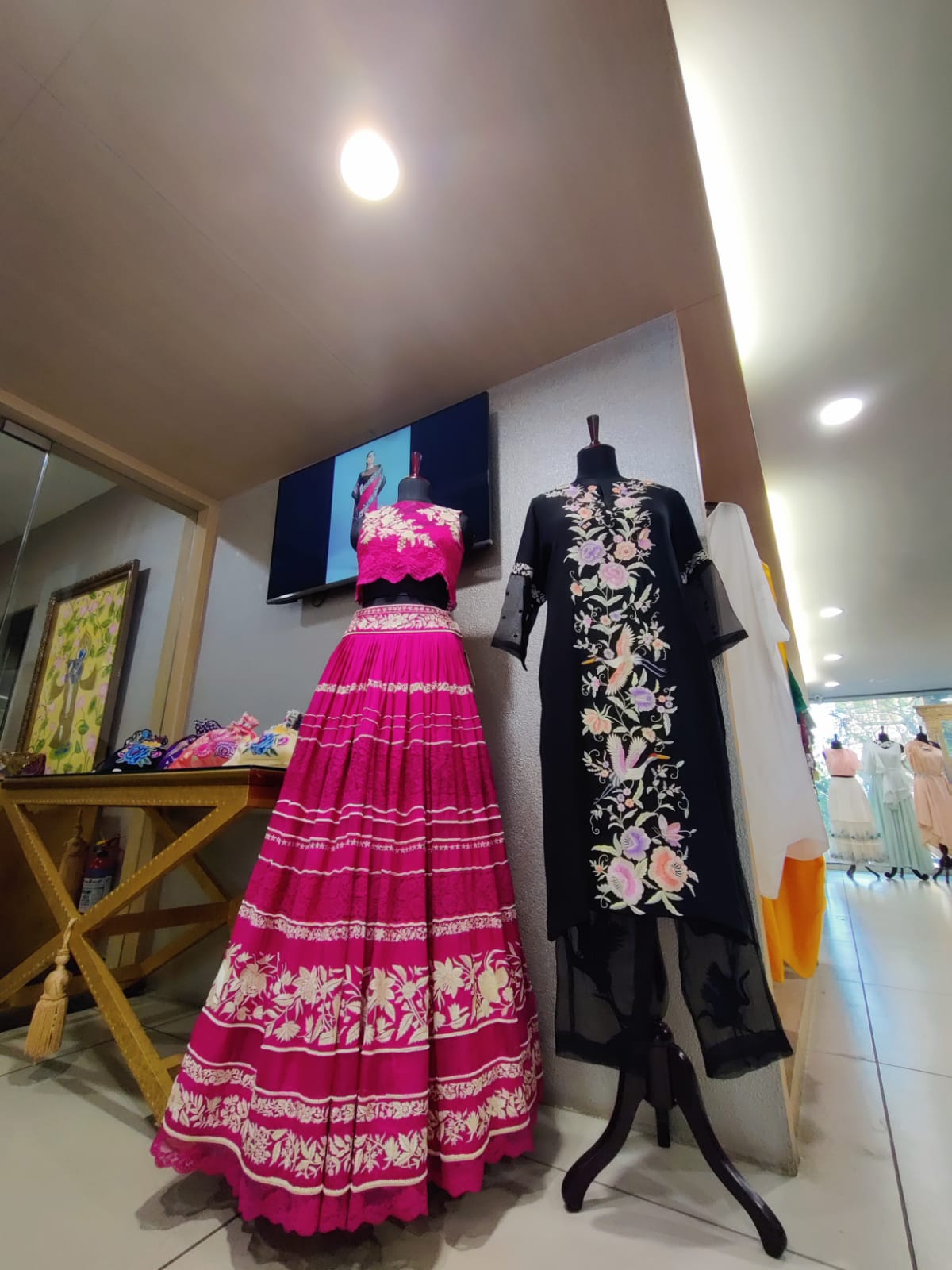
And this is what truly makes it an inter-cultural craft. An Ahmedabad based designer and entrepreneur, Ashdeen Lilaowala has taken upon himself the task of reviving Parsi Gara. His designer store in the city presents a variety of breathtaking designs depicting an amalgamation of Iranian and Hindu cultures.

The ‘Parsi gara’ in rich, royal shades of purple, dark green, wine, orange-red, maroon, black and magenta reflect art and legacy. During a meeting with Ashdeen in Deval multi designer store, he shared with us the rich history of Parsi Gara textile and how his latest collection ‘Paradise Crafted’ embodies it.
In the 1oth century, when the Parsis first settled in Gujarat, Parsi men began trading with China. Initially, they went to buy tea from China and sold it in India. During the trade, they discovered a beautiful silk fabric called Gaaj. They could not resist bringing back yards of the fabric for their wives. This fabric was later decorated with elaborate embroidery.
“It’s not about reviving Parsi Gara but taking it further. Every craft needs to move further and our aim is to take this craft to a new dimension. We are introducing new colours, new fabrics, new techniques to add a new dimension to it.” said Ashdeen who was wearing a floral pink and white shirt.
As you walk through his collection of over 100 sarees, jackets, dresses and salwar suits, you see innumerable references to Chinese murals, designs and palette.
He considers Gujaratis as the right audience for Parsi gara as “The best thing about Gujarati audiences is that many of them are into handicraft, hand weaving and other handmade crafts. Gujaratis appreciate Parsi Gara more easily than others because they understand the time, efforts and history that goes into it.”
Ornamental flowers and even Chinese scenery are the key aspects of his design. Nature-based elements like plants, birds, roosters and more were incorporated in the motifs along with motifs of men, women, dragons and pagodas. While the elements of Nature were a Parsi influence, the latter were a Chinese influence.
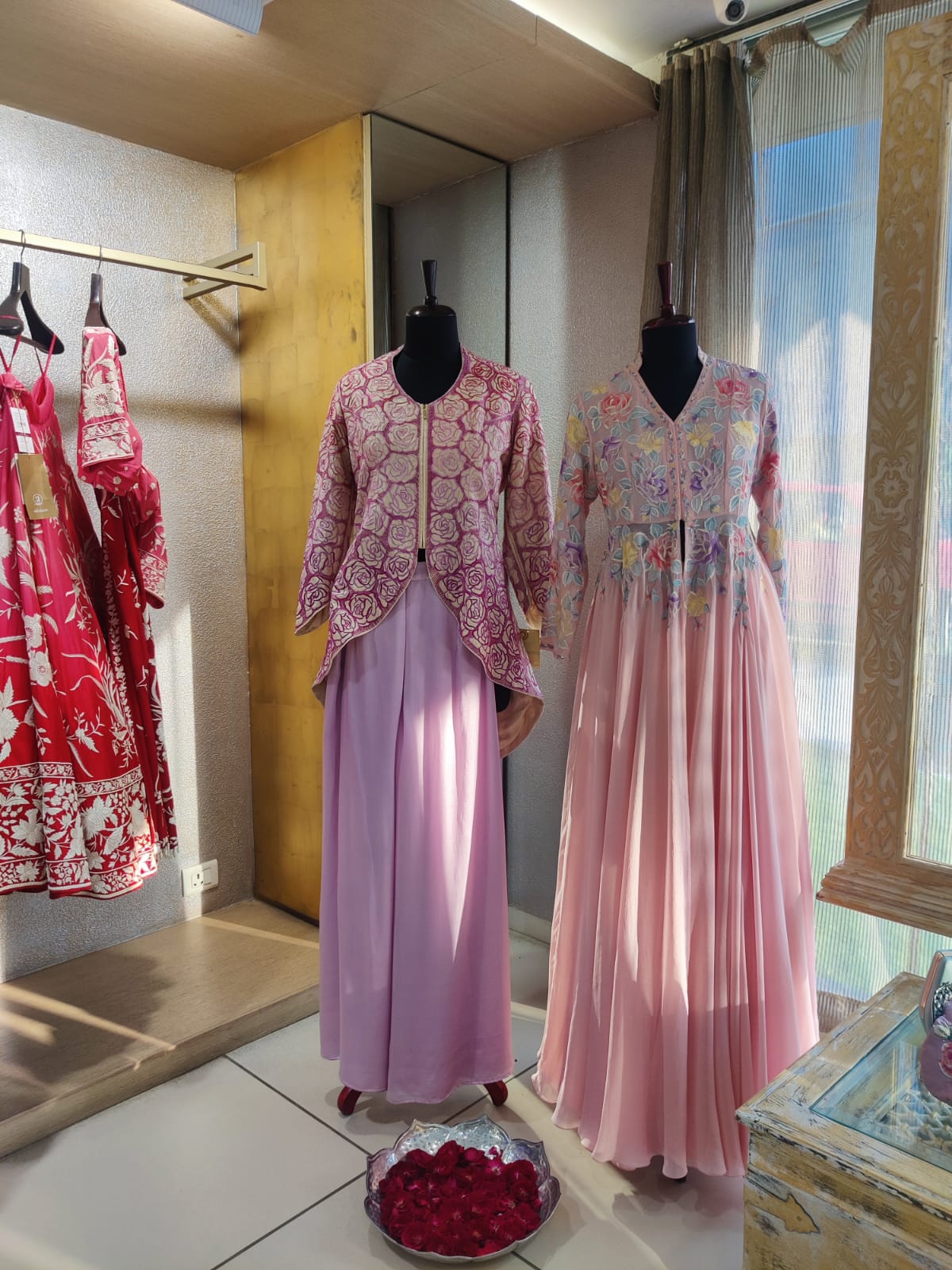
Elaborating on his design, he said “We need to do things that we like. I focus on my aesthetics and then I’m open to people liking or disliking it. The idea is I should be happy and excited about the collection. We don’t say we work for millennials; we say we work for creating textiles.”
But he is worried about the increase in tax on the GST slab on textile from 5% to 12%. Traders have presented their grievances regarding the implementation of the bill from Jan 1, 2022. “It’s a sad thing that the government is increasing the tax. Earlier we had unstitched textiles in a different slab, stitched textiles in a different slab…and so on. It’s a little complicated but there could have been any other means of simplifying the process. I’m not up for it.”
Ashdeen says he is not just a designer. He says he is also an entrepreneur. “It’s very foolish to just design and not be able to sell. I consider myself a designer and entrepreneur in equal parts. What is the point of creating the most beautiful textile if I can’t sell it. Our USP (Unique Selling Proposition) is our story, our legacy. All we can do is educate people on Parsi gara and what it means to us.”



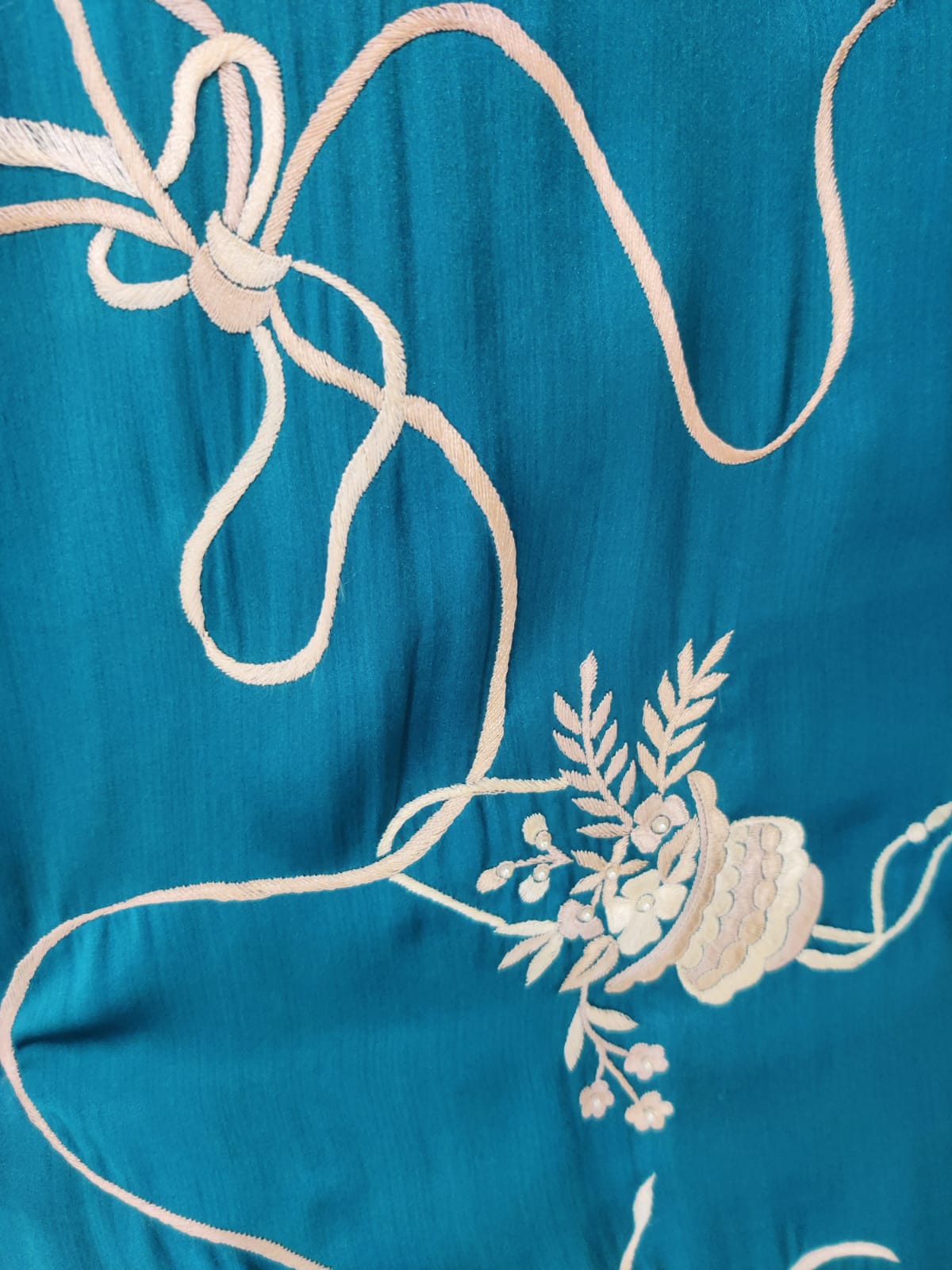
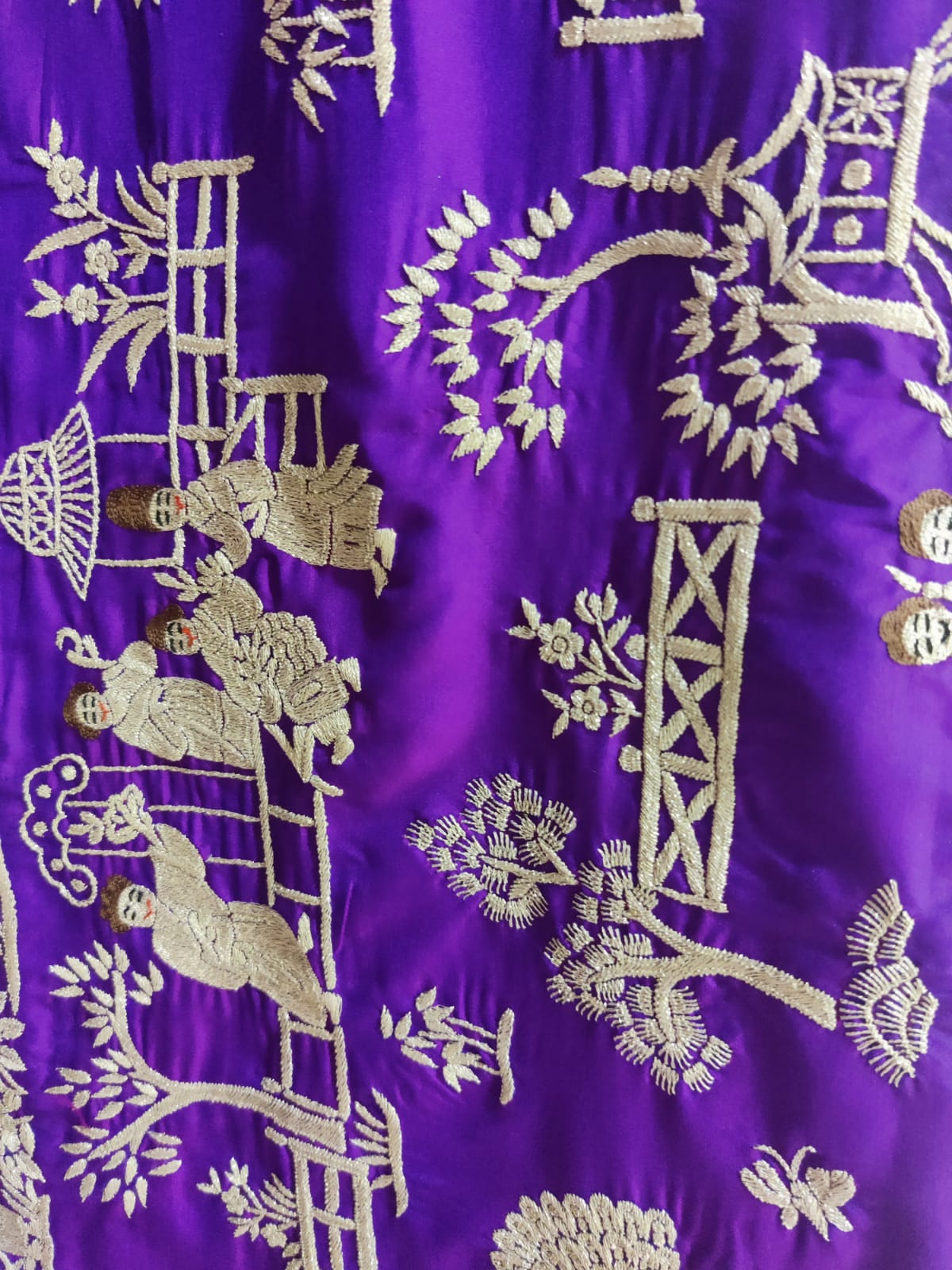
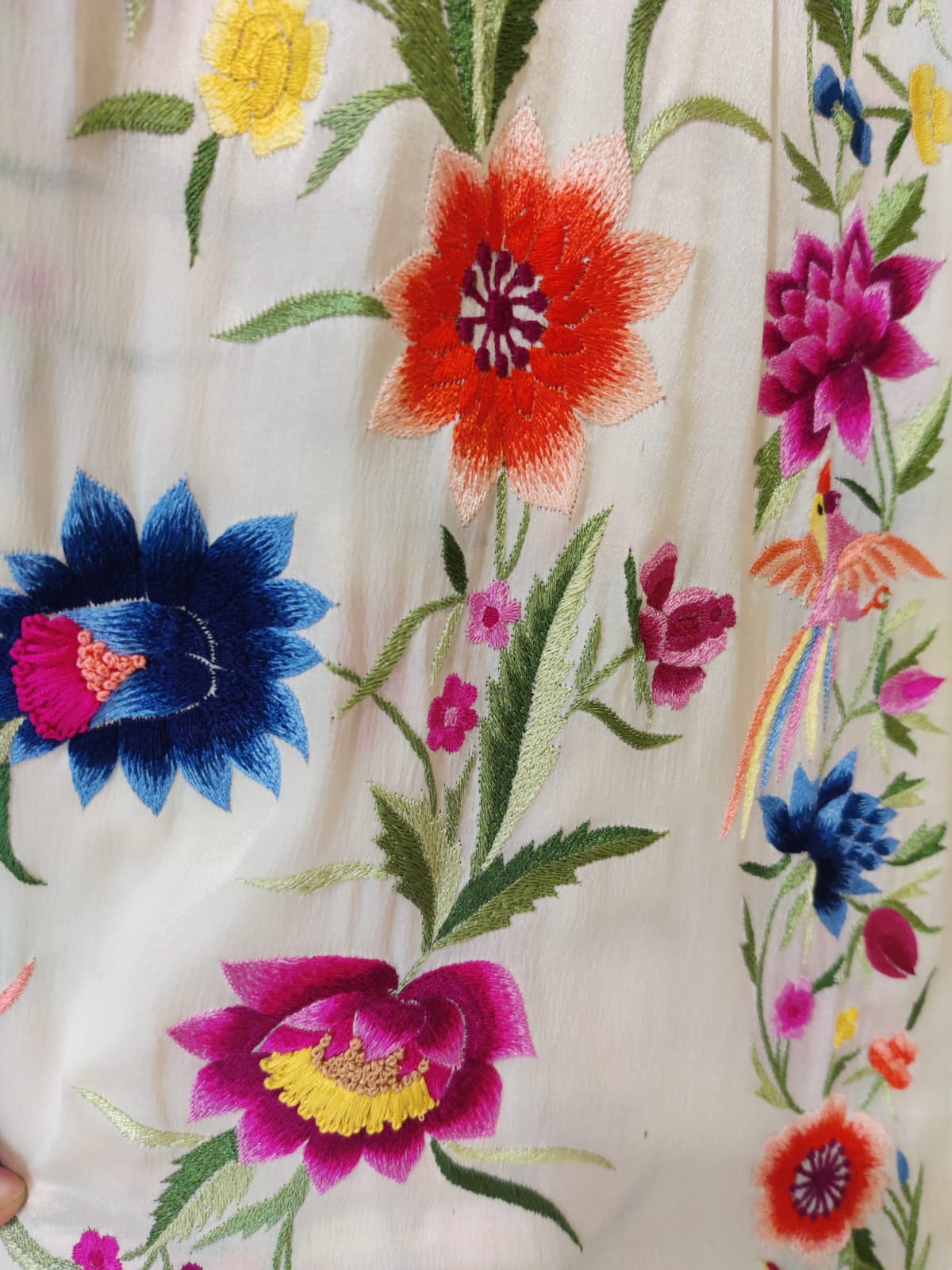
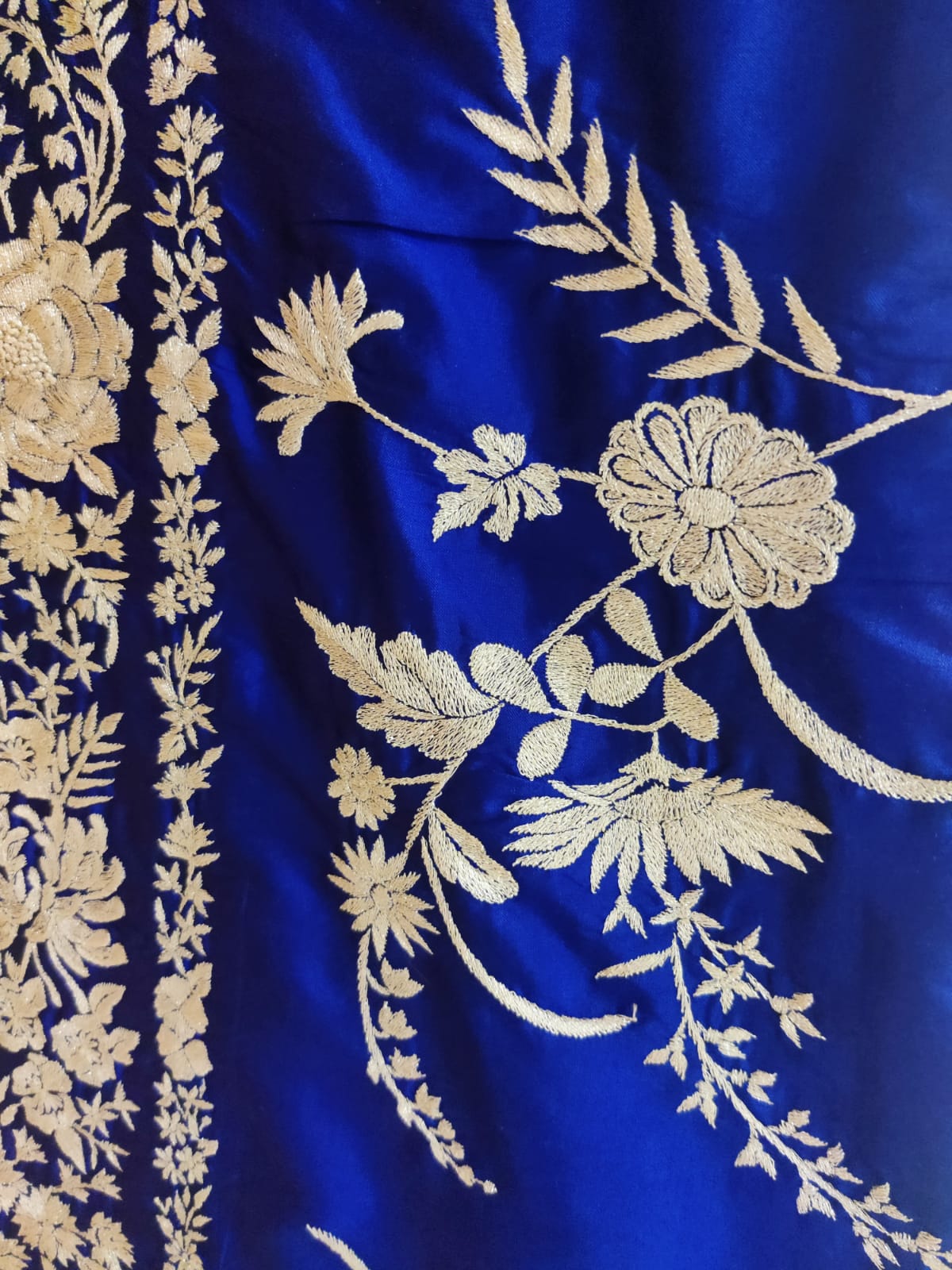
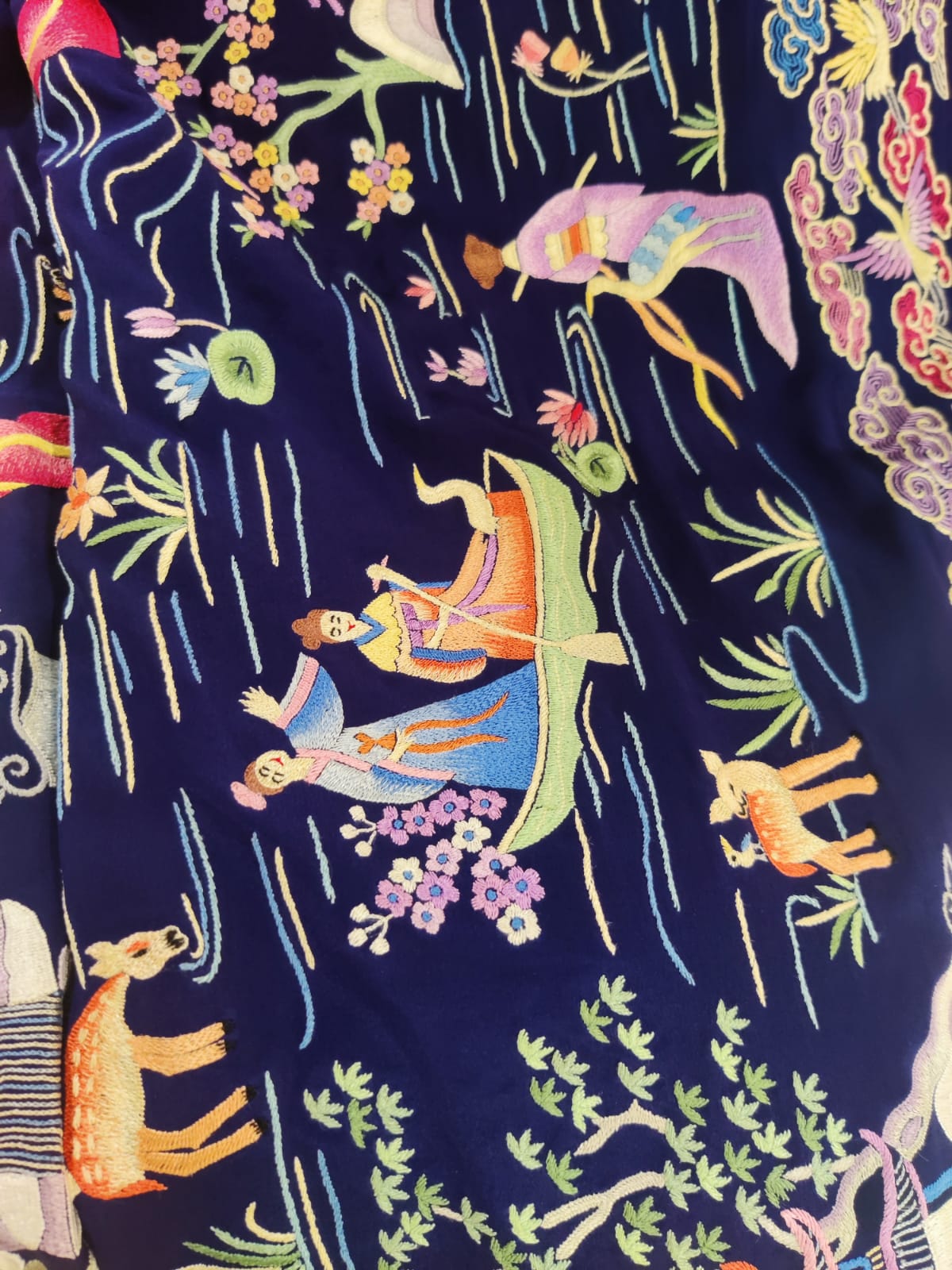
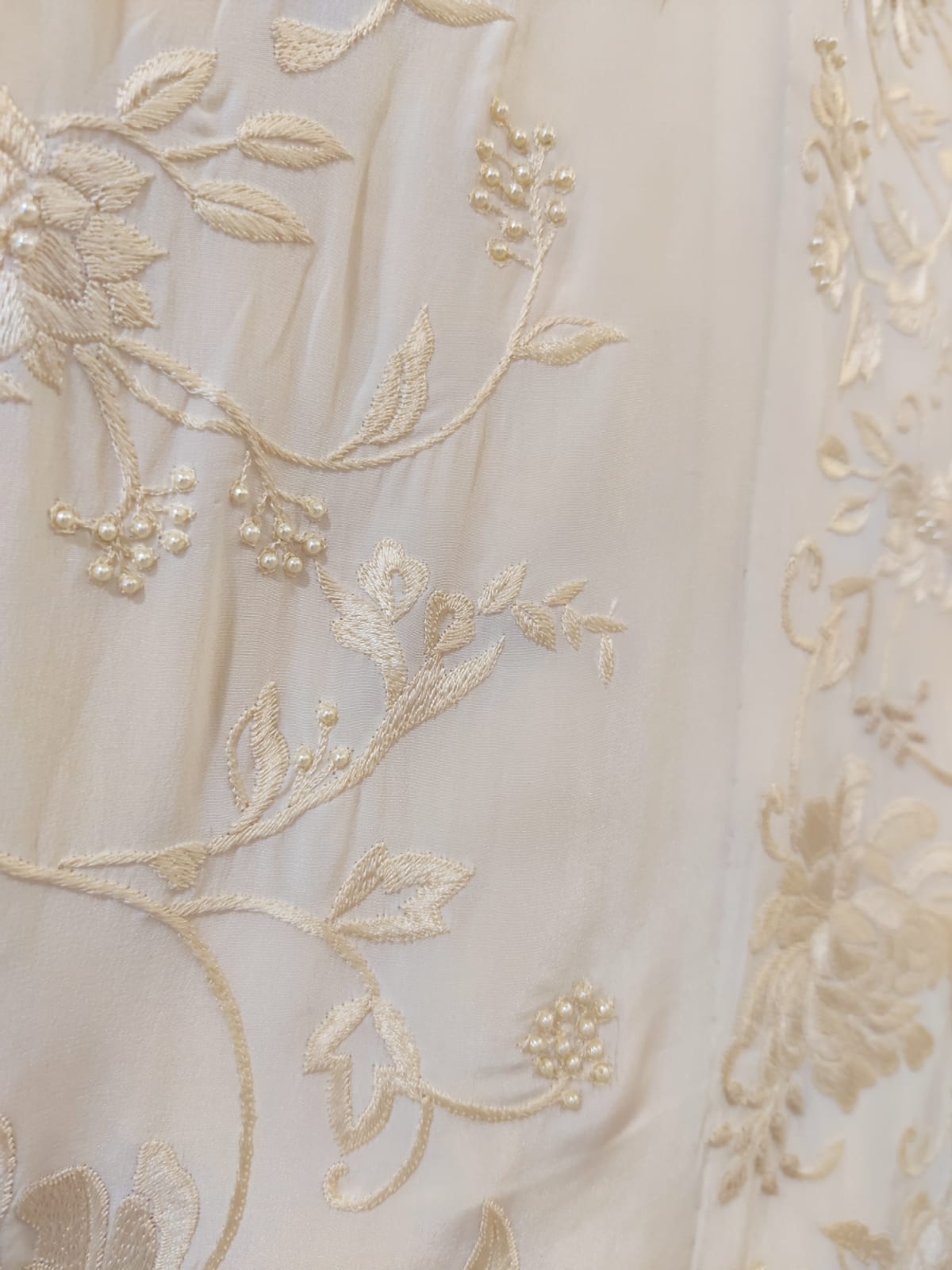
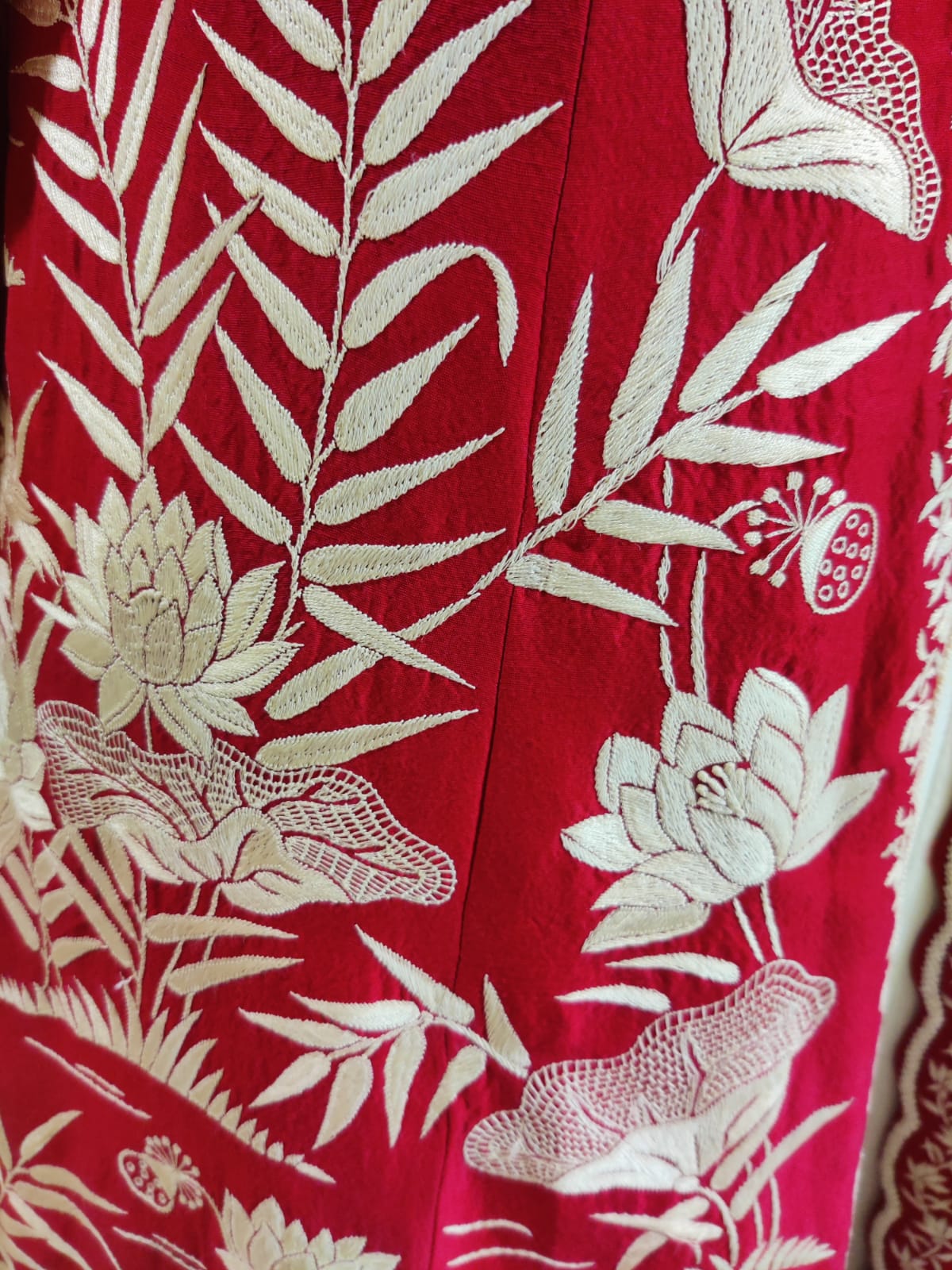
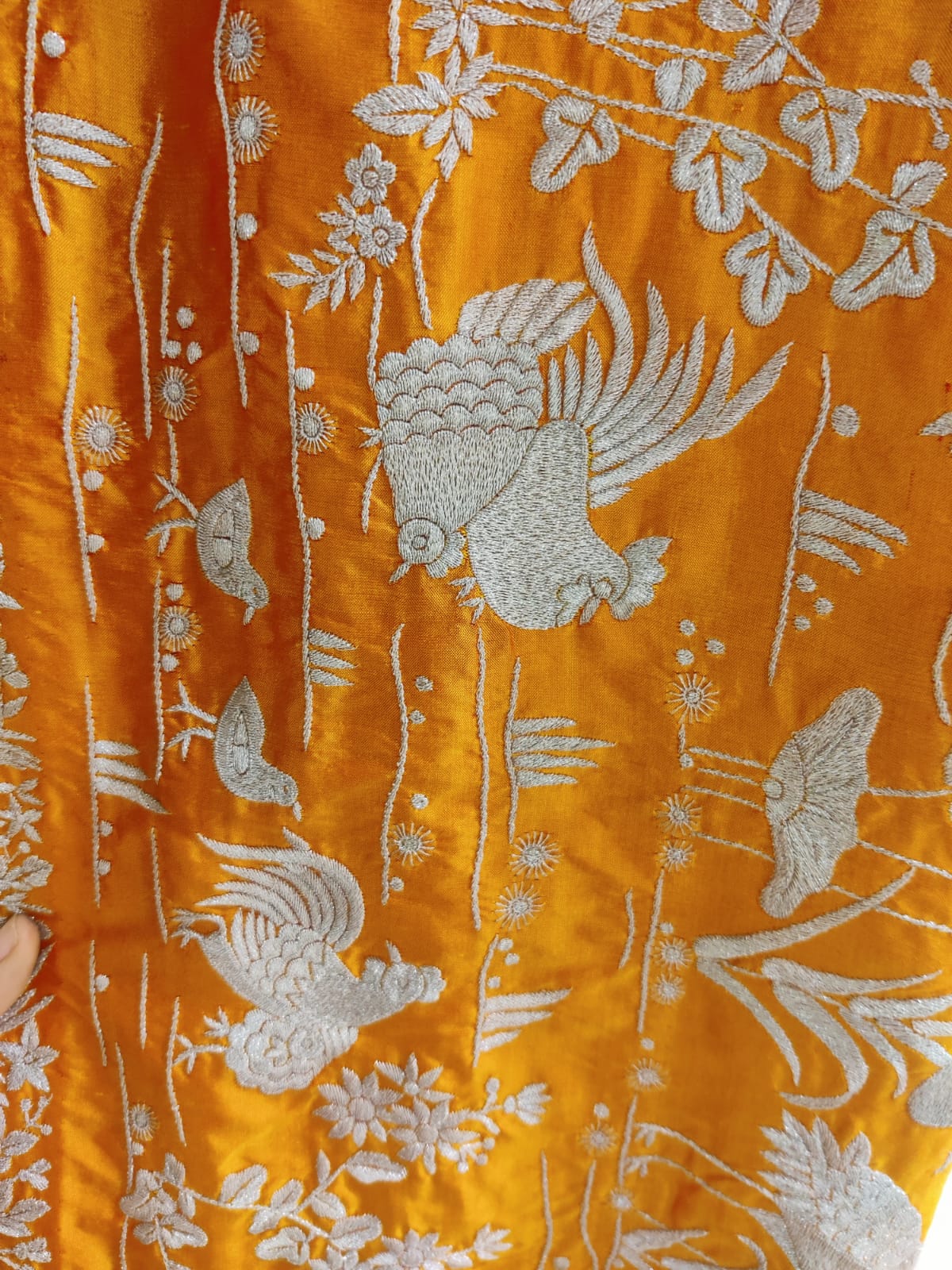










Admire your work. I have many old original borders (kor). If you would be interested in seeing etc.